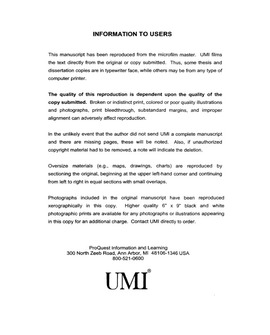| dc.description.abstract | Wolfgang Amadeus Mozart, along with other composers of the late eighteenth century, often left melodic phrases of opera arias with simplified endings at cadenza points. This practice allowed particular care to be given to the visual appearance of the harmony in order to avoid confusion for the keyboard player realizing the harmony at sight. Composers usually expected the singer to add appoggiaturas according to taste. In addition, eighteenth century practices of improvisation included the addition of cadenzas at fermatas and the varying of da capos and other repeated material. Little of this was written down by the composer and therefore few ornaments appear in printed scores. Modern singers performing music of the late eighteenth century would be in error simply to sing the notes as printed; historically informed practice would necessitate the addition of ornaments in most cases. Information about the places to add ornaments and the type of ornament to use is extant but scattered. This study concentrates on various ornamentation practices of the late eighteenth century as applied to opera arias, specifically through the addition of appoggiaturas at prosodic phrase endings, da capo embellishments and cadenzas at fermatas. Arias from Le nozze di Figaro are used as examples throughout. The most pertinent historical sources are gathered in this work, including excerpts from the writings and compositions of Johann Adam Hiller, Giambattista Mancini, Domenico Corri, Manuel Garcia, Johann Nepomuk Wendt, Henri Cramer, and Mozart himself. Contemporary research sources include the work of Frederick Neumann, Will Crutchfield and the editors of the Neue Mozart Ausgabe. Ornaments from various recordings of Le nozze di Figaro are transcribed for comparison, including performances from the conductors Charles Mackerras, John Eliot Gardiner, Arnold Ostmann and Nikolaus Harnoncourt. Since Mozart did fully ornament a few arias, suggestions for applying ornaments to other works are construed from his examples. | en_US |
